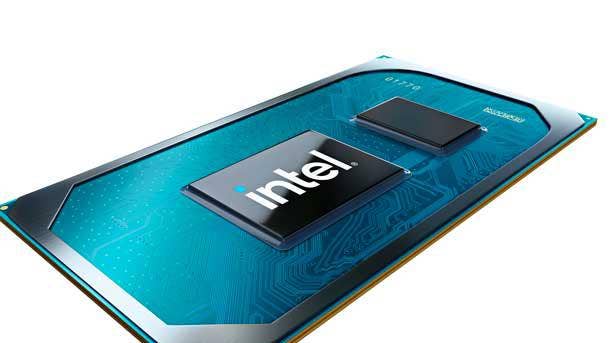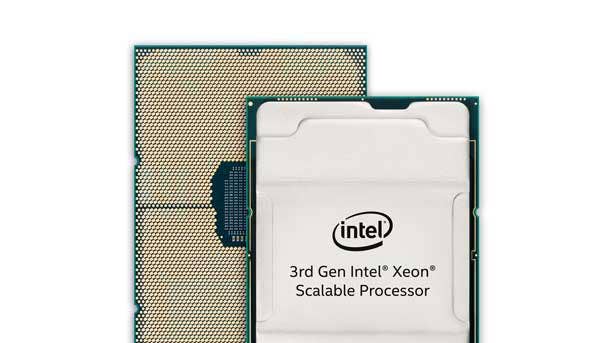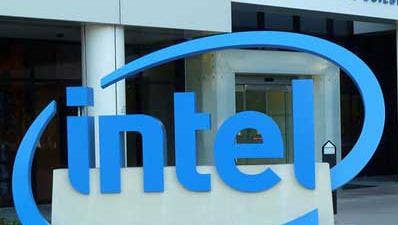New Intel CEO Pat Gelsinger’s Top Four Priorities For Employees
On his second day on the job, Gelsinger outlined four big priorities as Intel’s new CEO in a letter to employees that he says will help the company fight against growing competition and ‘set a new era of innovation and technological leadership.’

Achieving New Goals Will ‘Set A New Era Of Innovation’
New Intel CEO Pat Gelsinger told employees that the company must “execute flawlessly” and become a leader in every product category to “set a new era of innovation and technological leadership.”
Gelsinger, who began as Intel’s new leader Monday, made the comments in a Tuesday letter to the semiconductor giant’s 110,000-plus employees, which was published to the company’s website.
[Related: Intel Regains PC Market Share Against AMD AS CPU Capacity Expands]
In the letter, Gelsinger talked about his previous 30-year tenure at Intel, four key technology trends that will guide the company’s future and the company’s unique capabilities in the semiconductor industry. He also cited his former bosses and Intel’s co-founders Gordon Moore, Bob Noyce and Andy Grove and said they inspired him to become the company’s CEO, his “dream job.”
“Technology has never been more important for humanity than it is now. Everything is becoming digital, with four key superpowers – cloud, mobility fueled by 5G, artificial intelligence and the intelligent edge – set to transcend and transform the world,” he wrote in the letter. “Intel is the only semiconductor company that has the depth and breadth of intelligent silicon, platform, software, architecture, design, manufacturing and scale that our customers need to capitalize on these opportunities and fuel their next-generation innovations.”
What follows are the four priorities Gelsinger, who is taking over from Bob Swan, laid out for the company in his letter to employees.

‘Be The Leader In Every Category In Which We Compete’
Intel has faced multiple delays for its 10-nanometer and 7nm products that has given a head start to the company’s x86 rival, AMD, and other chipmakers on next-generation manufacturing technologies. This has allowed AMD to gain market share over the past couple years while Nvidia has become an AI leader.
Gelsinger is well aware of the company’s situation, even as Intel has still managed to claim some advantages against AMD and Nvidia in different areas. In the company’s fourth-quarter 2020 earnings call, he said while he is “pleased” with the progress Intel has made on 7nm manufacturing issues, he plans to expand the use of external foundries for “certain technologies and products.”
Whether or not Intel manufactures its products, Gelsinger vowed a return to greatness for the company in his new letter to employees, repeating a sentiment from the earnings call. The company, he said, will “be the leader in every category in which we compete.”
“We must stay ahead of customer needs and become more agile in a very competitive market and prove the differentiated value of our products, our roadmap and our manufacturing capability,” he said.

‘Execute Flawlessly To Our Commitments’
Connected to Gelsinger’s mission to make Intel a product leader in every category, the new CEO said the company must also “execute flawlessly to our commitments.”
“Customers must be able to rely on Intel for their products and their strategies for the future,” he said in the letter. “While we must set aggressive targets to regain share and leadership, they must also be achievable and done with the highest quality.”
The company last year had to delay the release schedule for its 7nm products by six months when it identified an issue in the manufacturing process. One customer that has been impacted is the U.S. Department of Energy, whose Aurora supercomputer has been pushed back as a result of the delay.
“Yes, we have indications that the Aurora system will be delayed,” a spokesperson for the DOE Office of Science told HPC Wire last year. “But Argonne is currently working with Intel to mitigate the consequences not only to Argonne, but to the Exascale Computing Project and to the nation’s high-performance computing users.”

‘Passionately Innovate With Boldness And Speed’
For years, Intel mainly focused its efforts on CPUs, central processing units, for PCs and servers, but the company began a shift a few years ago to embrace a “data-centric” platform strategy that would greatly expand its product portfolio and total addressable market.
As part of the strategy shift, Intel has embraced heterogenous computing, the idea that the evolving nature of compute requires a more diverse set of processors. This has prompted the company to expand beyond CPUs and into FPGAs, discrete GPUs and AI accelerators like Habana’s Gaudi chips.
At the same time, the company has been exploring new methods for building chips, such as the Foveros 3D chip packaging technology, which allows Intel to integrate different types of silicon, including high-performance and low-power chiplets, into a multi-layer circuit design for new kinds of devices.
In his new letter to employees, Gelsinger said this work must continue and that the company needs to “passionately innovate with boldness and speed” to lead the industry.
“We will be a fountain for continuous innovation in the industry through our unmatched IP, engineering talent and research into new next-generation computing architectures,” he said.

‘Reignite Our Culture To Attract And Motivate The Best Engineers And Technologists’
Before Intel announced Gelsinger as the company’s new CEO, the company faced criticism from hedge fund Third Point for losing “many of its most inspiring and talented chip designers and leaders.”
The hedge fund had gained a “significant stake” in the company in December and called for the chipmaker to make big changes, including possibly selling “failed” acquisitions and even its manufacturing operations, to regain leadership in the industry.
Among the chip designers Intel lost last year was Jim Keller, AMD’s former top chip designer, who resigned only two years after the company hired him away from electric car maker Tesla to design next-generation processor technologies.
In his letter to employees, Gelsinger acknowledged the issue and said Intel must “reignite our culture to attract to motivate the best engineers and technologists.”
“Intel must be the place where the best talent in the world can fulfill their dreams. We need to untether our enormous energy and potential for our business with a vibrant, inclusive and open culture,” he said. “We need to bring back some of the Groveian disciplines for direct, transparent and data-driven decisions and accountability.”
While it’s only Gelsinger’s second day on the job, his return to Intel has already prompted two company veterans to follow him back: Sunil Shenoy and Glenn Hinton. Gelsinger teased during the company’s latest earnings call that more former leaders could be returning.
Last week, Third Point CEO and founder Daniel S. Loeb voiced his confidence in Gelsinger’s ability to turn around Intel and said he is “excited” to be a long-term investor, according to multiple reports.